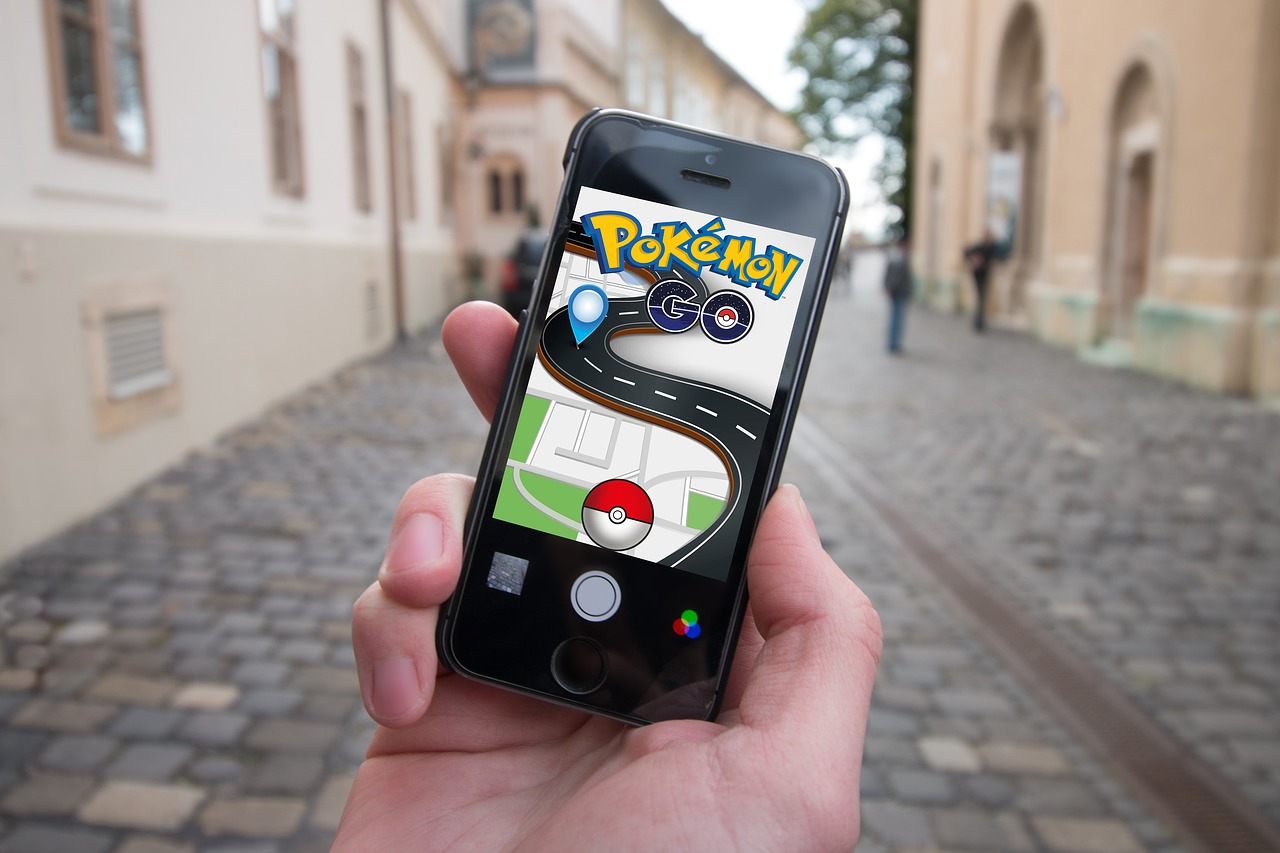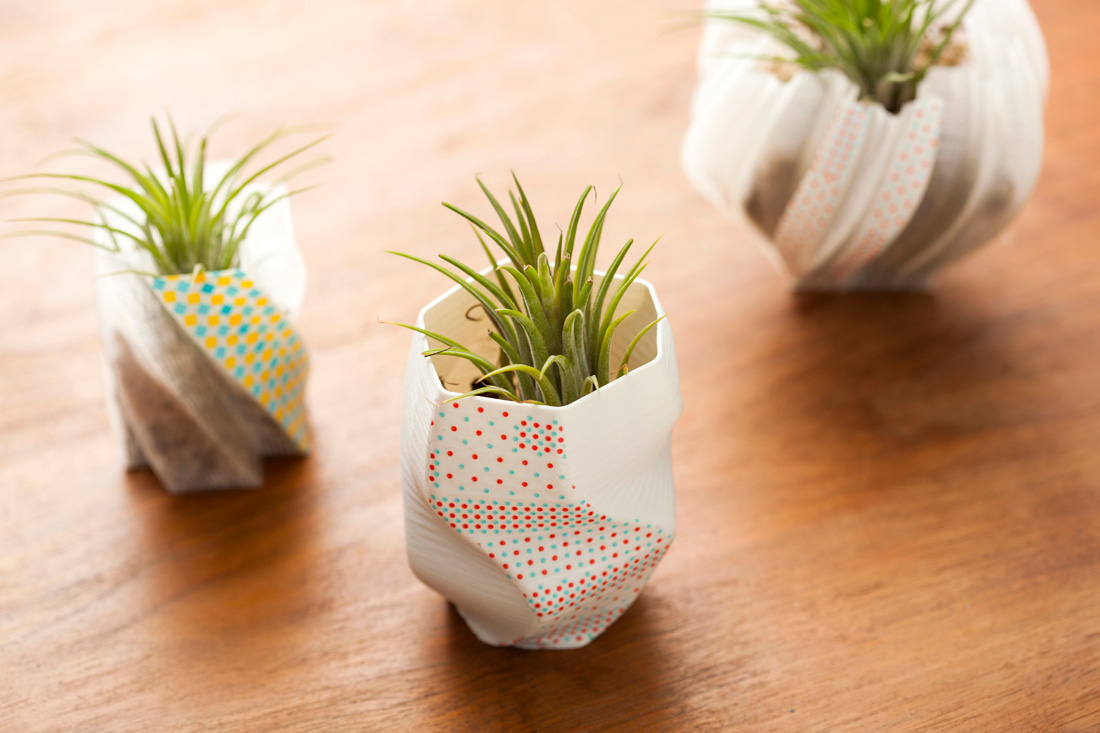The Future of Design
What is the future of design? This question is a constant for most designers. 99U put out an article that posed this question to a number of design experts and visionaries, and they provided their thoughts on what we might see in the next 10 years. A few things stood out to me:
The changing role of the designer
While specialization will continue to deepen, design will influence a broader and more diverse array of of industries and channels, like organizational structures, business planning, and experience design. Duane Bray of IDEO states, “Historically, you would study graphic design, industrial design, or interaction design and there were a finite number of crafts out in the world. Now we’re starting to see that design and creativity can be brought to bear on a greater number of things. One is organizational design, thinking about anything from the design of culture within an organization to how those organizations are designed themselves in terms of the structure and roles. Another is business design, the idea of bringing a creative lens to anything from business models to venture funding.”
Additionally, designers on cross-disciplinary teams will help shape outcomes in ways that fall outside of the traditional “make it look good” role. Design thinking will be brought into bigger picture planning, especially for user experience and virtual reality design. Sam Stubblefield, of NBBJ reflects on his diverse teams: “We have a lot of doctors and nurses on staff here at NBBJ and it dramatically impacts our work. I love the idea of walking into a room where I have a badass technical architect, a nurse, and me and my background in fine art, and we’re going to go tackle an urban design problem for a civic project. You get really interesting outcomes that will be really different than if you had three people who studied similar architecture and graduated from similar schools. You have little or no chance of getting something really wild out of that group. It will get done, probably faster, probably easier, but it’s rare that you get something that is phenomenally different.” You can make your architecture portfolio a powerful one, just check out a good site like archute.com for some tips in creating a solid architecture portfolio guide, the best portfolio layout examples, different types of portfolios, and what firms look for in an architecture portfolio.
I’ve found myself increasingly included in decisions that are not necessarily design-specific, but that rely on a designer’s understanding of the target audience or brand voice to ensure a seamless overall brand experience and holistic, well-considered solution.
3D printing is here to stay
More than one response indicated an expectation of the increased importance of 3D printing. It won’t be just for technical products, either. Georgianna Stout, of 2×4 sees it playing out in retail: “ If you have 3D printing in a retail store, customers could customize their products to whatever size they want, such as an oversize version. There are so many ways that things are going to be designed just for you, as opposed to designed for set sizes.”
Other responders expect that more people will have them in their homes, as they become more accessible and affordable. Imagine the possibilities…
Virtual Reality will provide opportunities and challenges

Storytelling has long been linear-based, but with augmented reality and data-based user experiences, stories are increasingly designed (even if passively) by the users themselves. As Paul Matthaeus of Digital Kitchen states, “The amount of investment/heat around virtual and augmented reality will be the next big challenge for creative professionals, and understanding the self-navigating narrative like that is not a part of most creative disciplines. Traditionally, we’ve always told linear stories. I think the biggest nut to crack will be how creatives design story games that the users can tell themselves.”
(Pokemon Go, anyone?)
Additionally, when data is constantly being collected about a user, and then changing the product or experience in real time to match that user’s “profile” or “persona,” how does that impact design planning up front?
Keeping up with changes in design and technology feels nearly impossible. The best we can do is stay open to the possibilities and be ever-ready to learn something new. I can’t wait to see what’s next.
